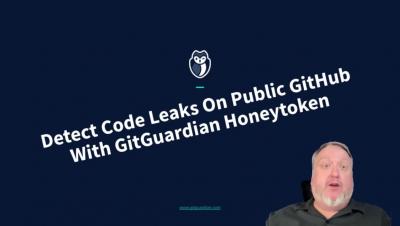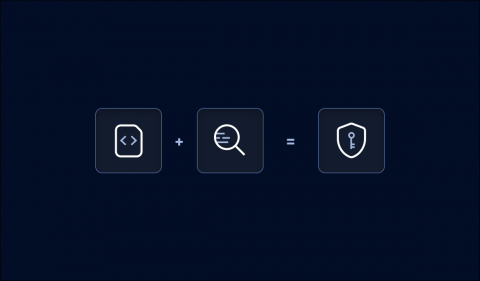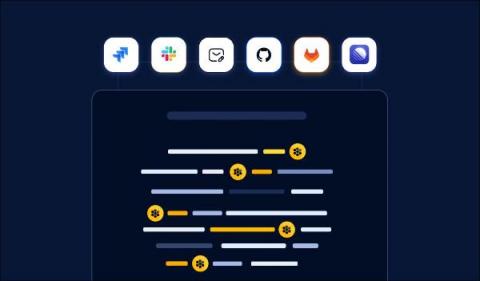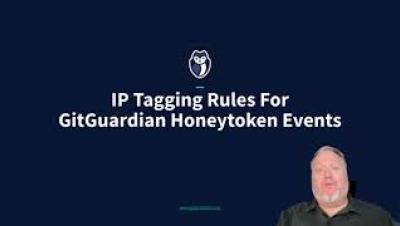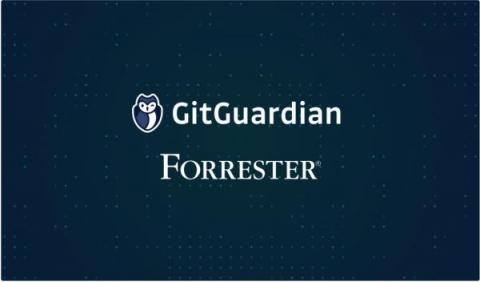Elevate your secrets security posture with GitGuardian Secrets Detection's latest releases
Detect real secrets, automate severity scoring, prioritize your efforts on your most critical incidents, fix faster with your developers' help, and get the support you deserve from our team of experts!



